Key citizen science platforms
The most popular and ever-growing citizen science platform is Zooniverse, which started as an online project focused on the classification of various types of galaxies. Today, the website features around 100 active projects and counts over a million people among its users. A number of scientific discoveries were made by its members, such as the new Pea galaxy type, an astronomical object in the constellation Leo Minor, the exoplanet PH1b in the constellation Cygnus, and the K2-138 star system in the constellation Aquarius.
What started as a space research initiative now hosts projects in every field: from botanics and genetics to archaeology and criminal science.
Another popular aggregator, SciStarter, is affiliated with Arizona State University, the staff of which created it as a convenient tool for the creation and moderation of citizen science projects. Today, its database contains over a thousand verified projects and events for volunteer researchers.

Apps and projects for nature lovers
It’s safe to say that most citizen science projects involve the observation and classification of our planet’s biodiversity. The app iNaturalist, which lets users contribute photos and data about plants, animals, and insects, boasts some 1.2 million registered users who have collectively helped collect data on 250,000 species. The app owes its popularity to an accessible interface and elements of gamification. An offshoot app called Seek awards users with badges and achievements for taking pictures of new plants and insects – just like PokemonGo.
iNaturalist is a joint initiative of the California Academy of Sciences and the National Geographic Society, and all data collected by the users is submitted to scientific data registries such as the Global Biodiversity Information Facility, where it can be accessed by researchers from all over the world.
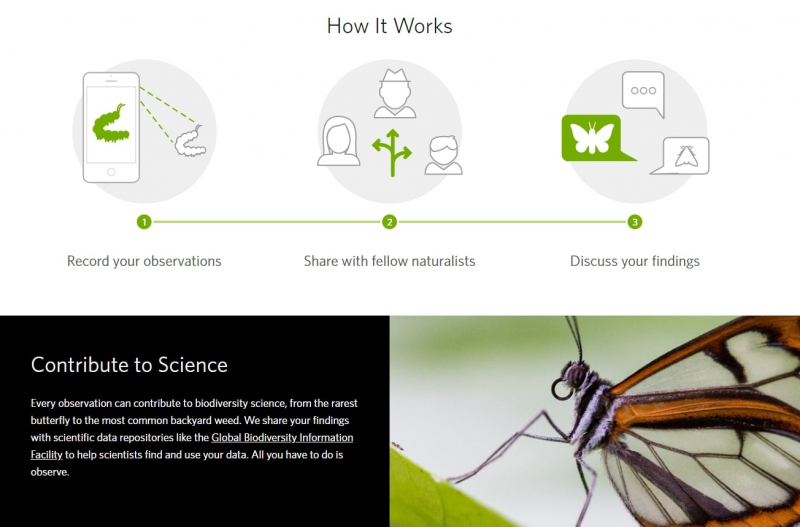
In times of quarantine, when going outside is less than desirable, the iNaturalist team suggests that users shift their attention to what’s right under their nose. The project Never Home Alone: The Wild Life of Homes encourages its participants to take pictures of insects living in their homes – a handy guide is included. You can also try your hand at filling out the various species’ info cards or helping other users identify unfamiliar specimens.
A similar project, focused exclusively on the avian world, is eBird, founded in 2002 by the Cornell Lab of Ornithology in Ithaca, New York. Right now, it is among the fastest-growing citizen science projects: according to its creators, more than 100 million bird sightings are contributed each year by eBird users.
Lovers of all things botanical should enjoy the Pl@ntNet app, which lets users upload pictures of domesticated or wild plants to learn more about them using the app’s extensive database; geolocation features help researchers learn more about the biodiversity of a given area’s biome.
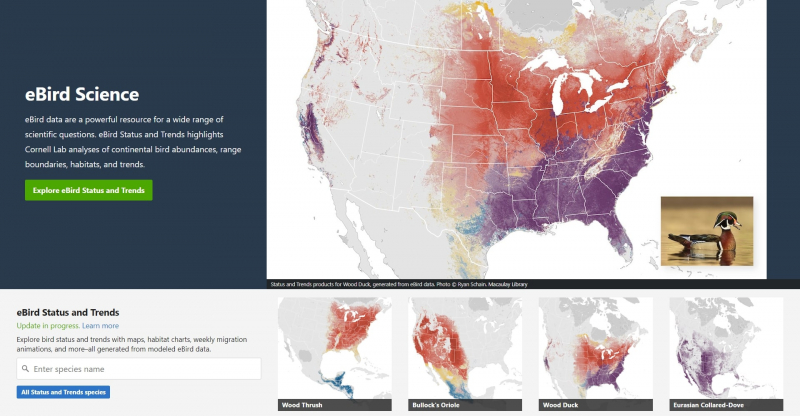
Plenty of ongoing animal observation projects can be found on Zooniverse: right now, you can keep an eye on some monkeys with Chimp&See, help count the seals and sea lions on the tiny Año Nuevo Island off the coast of Northern California, or identify the animals captured by night-vision cameras at the Lopé National Park in Gabon. Those who appreciate a challenge will love this project by the University of Otago (New Zealand), where they’ll need to spot tiny lizards among mossy boulders.
Put yourself in the shoes of a lab researcher as part of the project Rodent Little Brother: Secret Lives of Mice – as a participant, you’ll need to observe and analyze the behavior of mice shot by hidden camera at the MRC Harwell Mouse Genetics Research Institute. Or become a polar explorer and join the Penguin Watch, where you’ll be tasked with counting penguins in pictures shot over the course of a decade by the staff and students of Oxford University.
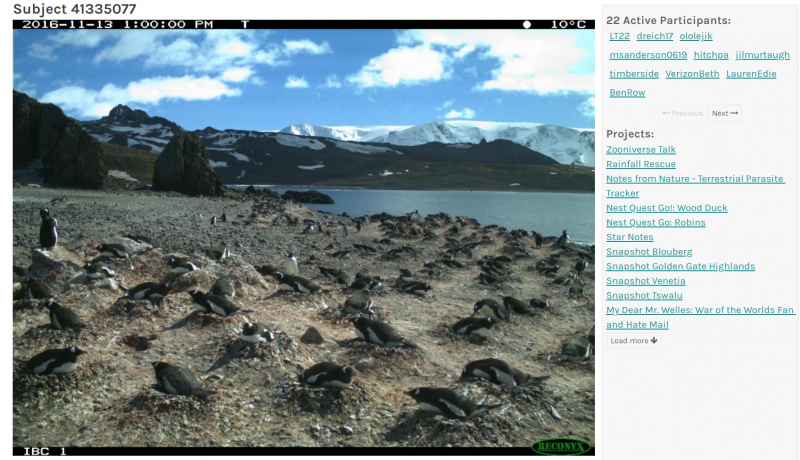
Some projects ask the participants to move to the microscopic scale: with Etch A Cell, you’ll need to point out the locations of mitochondria in cells; with Fossil Atmospheres, you’ll need to compare the cells of modern and ancient specimens from the Ginkgo plant family to help document the history of climate change and atmospheric carbon dioxide concentration rates.
Climate and weather research
Monitoring climate change and the quality of air and water is an important part of citizen science, crowdsourcing being one of the researchers’ most valuable data collection methods.
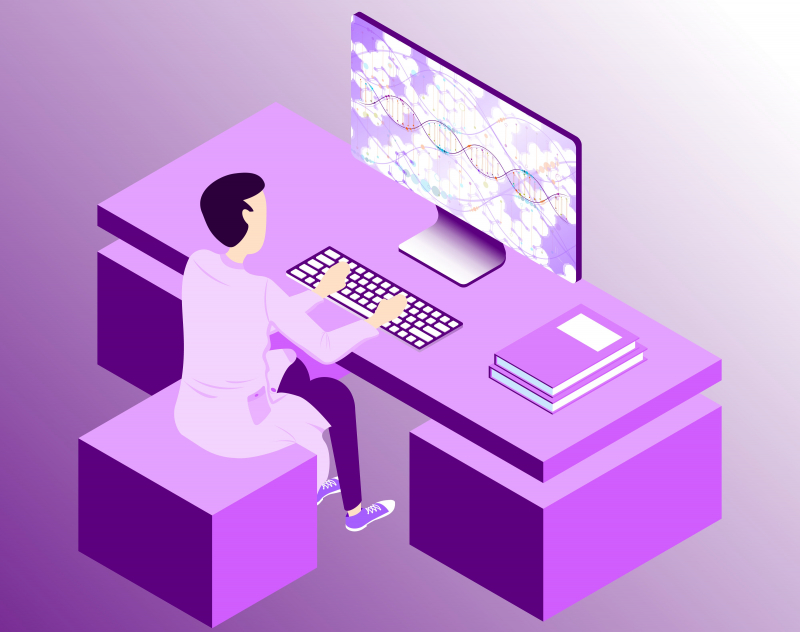
The most well-known and popular project is iSeeChange, the users of which have already spent years recording weather changes. The project’s massive database makes it possible to compare a given area’s appearance today and several years ago. iSeeChange is supported by NASA and NOAA (National Oceanic and Atmospheric Administration) – the users’ reports are synchronized with satellite data and climate scientists’ observations to achieve utmost precision in tracking climate change around the globe.
Another NASA-affiliated project is GLOBE Observer. Its mobile app has four types of activities: users can photograph and identify various cloud types, monitor the growth of trees, take pictures of fields, and identify mosquito habitats.

The apps Globe at Night and Loss of the Night collect data about light pollution. It’s very simple: all you need to do is confirm whether a specific constellation can be seen from your location at night. All collected data is published by the website My Sky at Night, which aggregates information from several sources.
Another way to contribute to environmental research is with the app EyeOnWater. Users can take pictures of and identify the color of water in their nearest body of water, thus helping track water and air pollution and the general state of environment. The project is supported by the European Union’s program for research and technological development, while all of the user-collected data is shared with the GEOSS (Global Earth Observation System of Systems) database, which can be accessed by scientists, politicians, or members of the general public.
Space research

The online citizen science trend began with space research. Galaxy Zoo's incredible success proved that scientific discoveries and breakthroughs can be made by regular people who are not affiliated with science professionally.
The first project was launched in 2008 and has since been relaunched and transformed many times. Today, several iterations are active: the classic Galaxy Zoo, where users classify galaxies by shape, Radio Galaxy Zoo: LOFAR, where users search for blackholes and star-growing galaxies using radioanalysis, and Galaxy Zoo: Clump Scout, where users search for massive young galaxies in photos taken by the Hubble Telescope. And the best part is that you can do all that from your phone.
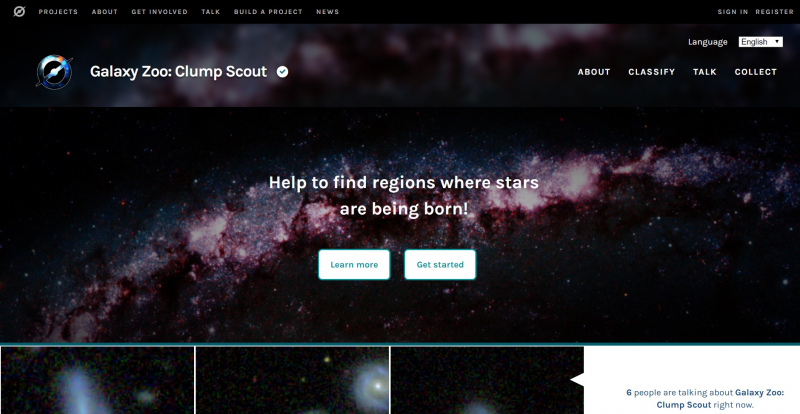
The users of another notable project, Backyard Worlds: Planet 9, launched with the support of NASA, have to tell actual astronomical objects apart from artefacts in pictures taken by the WISE space telescope, which studies the very edge of the Solar System. As the project’s title suggests, one of the users may eventually discover the oft-discussed ninth planet in our system.
Planet Four will let you become involved in researching climate in the South pole of Mars; Hubble Asteroid Hunter – in discovering new asteroids.
Medical projects
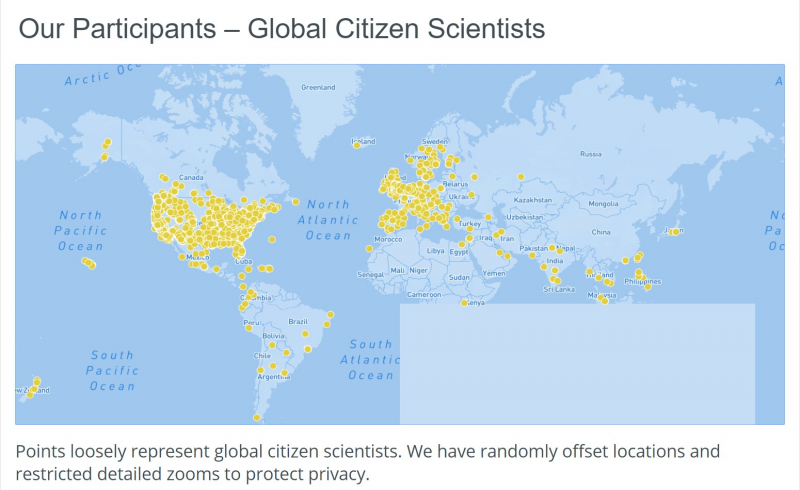
At this moment, all of medicine is focused on one crucial issue – and you, too, can do your part. The COVID-19 Citizen Science Project, a collaboration by the University of California San Francisco and the citizen science platform Eureka, aims to track and study the spread of coronavirus in order to prevent similar future scenarios. Volunteers must fill out a short form and then report on their symptoms and movements every day.
The project is developed by the same team as the Health eHeart Study, a long-term heart disease study. As a participant, you’ll fill out an extensive form documenting your lifestyle, harmful habits, physical activity levels, chronic disease, and so on. After that, the project will check in on you every six months to see if anything has changed.
The international organization Cochrane aims to fight pseudoscientific and unsubstantiated medical research. By visiting the Cochrane Crowd website, you can help analyze a massive database of published research papers to determine whether the studies in question were based on randomized control trials or quasi-experiments.
Games
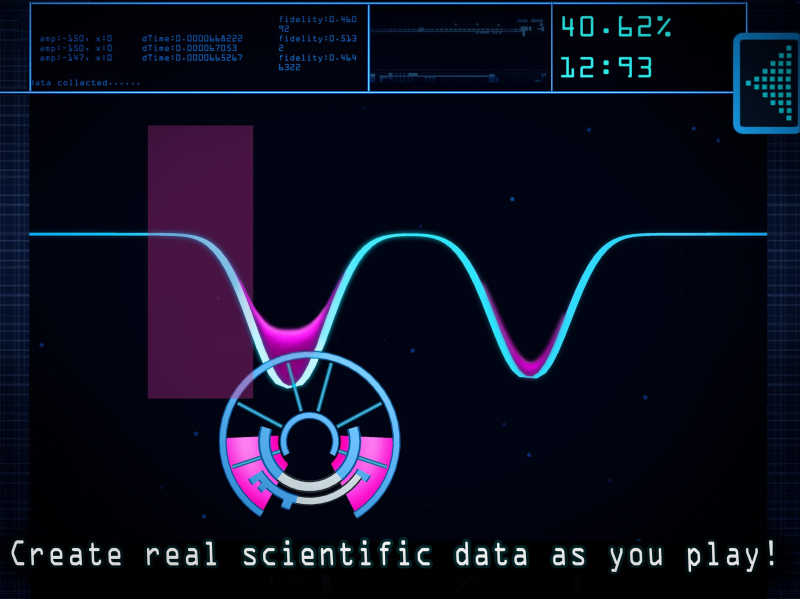
One of the past decade’s top trends is total gamification. Science, too, wasn’t left out – now, you can help develop quantum computers, study neurons, or solve chaos theory by simply playing games.
That was the thinking behind ScienceAtHome, a project founded by the staff of the Department of Physics and Astronomy at Aarhus University (Denmark). Their original idea was to involve volunteers in studying the properties of quanta for the development of future quantum computers. Their first game, Quantum Moves, asked players to locate quanta within special traps; all of the user-produced data was later applied in research. Another game, Alice Framework, grants regular users remote access to actual lab equipment. After the success of their first project, the scientists decided to create a full-fledged platform for scientific games about physics, maths, and cognitive science.
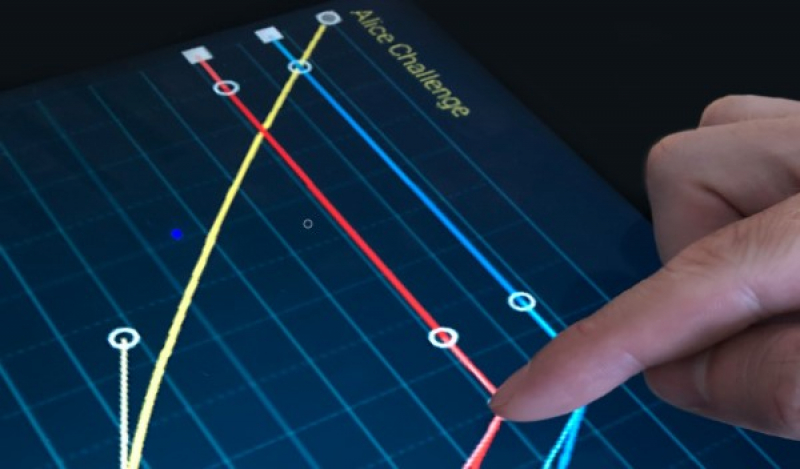
Another field where games are applied is brain research. The Stall Catchers project helps Cornell University study Alzheimer’s disease. Players are tasked with finding clogged blood vessels within the brain bloodstreams of mice; clogged blood vessels, or stalls, are considered one of the causes of the disease. The game already boasts over 11 thousand players – as its creators explain, this number of people can do a week’s worth of lab research in just an hour.
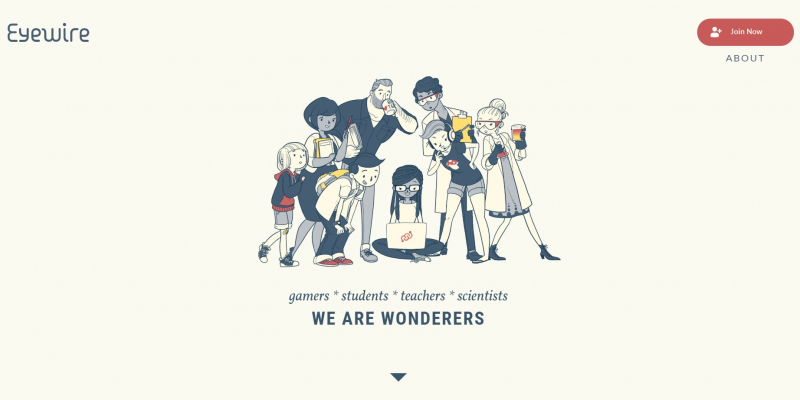
Yet another project dealing with neurons, EyeWire is part of a research initiative on the eye retina established as part of a collaboration between MIT and the Max Planck Institute for Medical Research. Its goal is to map the connections between retinal neurons and use that data to create a three-dimensional model. The latter is the responsibility of volunteers, who use two-dimensional images to build a 3D model of the human brain. The game is captivating, simple, and eye-catching.
Two more games worth mentioning deal with molecular biology and genetics: take on the role of a genetic engineer with NOVA RNA Lab or help model protein folding with Foldit.





